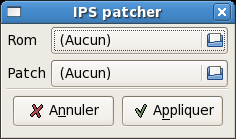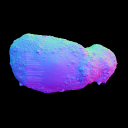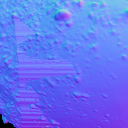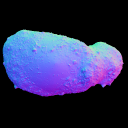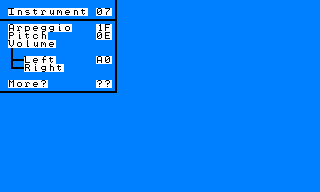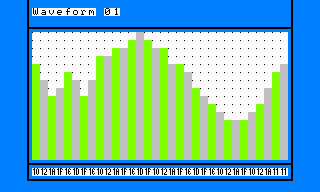This weekend i played a little bit with OpenGL. First, i helped my brother with some issues using the GL_ARB_texture_rectangle extensions. I never used it before. It’s very easy to use. You just have to use GL_TEXTURE_RECTANGLE_ARB instead of GL_ GL_TEXTURE_2D when you call openGL texture functions (or when you want to enable / disable texturing). The tricky part is that you have to specify that the pixel elements are stored one after the one. Also, textures coordinates values (u,v) are between [0,twidth]x[0,theight] instead of [0,1]x[0,1].
// Enable non rectangular textures
glEnable( GL_TEXTURE_RECTANGLE_ARB );
// Generate texture id
glGenTextures( 1, &id);
// Pixel component are stored linearly
glPixelStorei( GL_UNPACK_ALIGNMENT, 1 );
// And now store the texture data
glBindTexture( GL_TEXTURE_RECTANGLE_ARB, id);
glTexParameteri( GL_TEXTURE_RECTANGLE_ARB, GL_TEXTURE_MIN_FILTER, GL_LINEAR );
glTexParameteri( GL_TEXTURE_RECTANGLE_ARB, GL_TEXTURE_MAG_FILTER, GL_LINEAR );
glTexImage2D( GL_TEXTURE_RECTANGLE_ARB, 0, GL_RGB, textureWidth, textureHeight, 0, GL_RGB, GL_UNSIGNED_BYTE, data );
I must admit that i only used it to display a rectangular texture on screen. I found several examples on the web where it was used to avoid to scale the framebuffer when you save it to a texture.
As one of the GGI gsoc student is working on libggigl, i decided to code a little GLX example so that i don’t look stupid if he had questions about it 🙂
Here it is!
There’re no functions, no structures. Everything is the main. That’s what I call pigforce coding.
If I have time, I’ll try to play with offscreen rendering with GLX.
PCEngine tracker status : I’m writing code for hsync and vsync interrupts. It’s mostly a cleanup/study of mkit code. I hope to finish them this week and then start with tile/map management.



